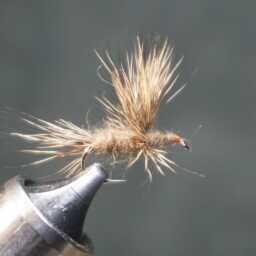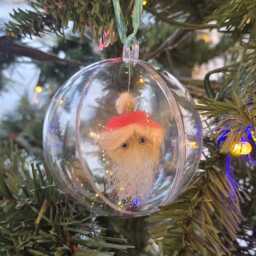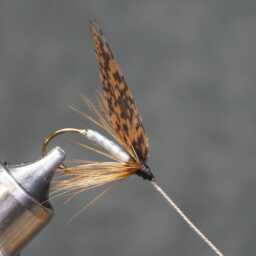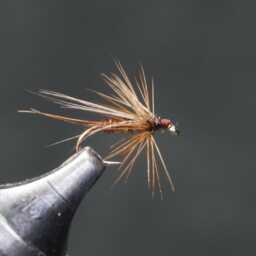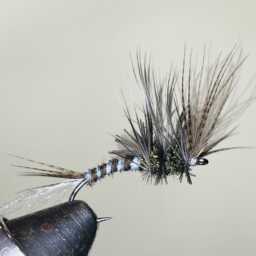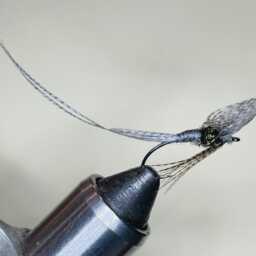Starling feathers are highly valued in fly tying due to their iridescent quality, softness, and sparse nature, which provides significant movement in the water. These feathers are particularly useful for creating small wet flies and soft hackles, imitating midges and mayflies. Available in various colors such as black and iridescent hues, starling feathers are ideal for tying flies in sizes 14 to 20.
Starlings are small to medium-sized passerine birds belonging to the family Sturnidae, named after the genus Sturnus, which derives from the Latin word for starling, “sturnus.” This family includes 128 species across 36 genera. Many Asian starlings are referred to as mynas, while African species are known as glossy starlings due to their iridescent plumage. Native to Europe, Asia, Africa, northern Australia, and the tropical Pacific islands, starlings have been introduced to North America, Hawaii, and New Zealand. In these new locations, they often compete with native birds and are considered invasive.
Starlings are characterized by their strong feet, direct flight, and gregarious nature. They thrive in open habitats and have a diet consisting of insects and fruit. Some species, especially those around human habitation, are omnivorous. They are known for their unique foraging technique called “open-bill probing,” where they use their bill to expand crevices and expose prey. Their plumage is generally dark with a metallic sheen, and most species nest in holes, laying blue or white eggs.
These birds are also noted for their complex vocalizations, which can include sounds from their environment, such as car alarms and human speech. They can recognize individual calls and are studied for their implications in the evolution of human language.
Starlings vary in size. The smallest species is Kenrick’s starling, measuring about 15 cm (6 inches), while the lightest is Abbott’s starling at 34 grams (1.2 ounces). The largest, by standard measurements, is the Nias hill myna, which can reach up to 36 cm (14 inches) and weigh up to 400 grams (14 ounces). The white-necked myna is the longest species, reaching up to 50 cm (19.5 inches), with a significant portion of its length attributed to its long tail. While most starlings show minimal sexual dimorphism in plumage, some species display bright iridescent colors resulting from feather structure rather than pigments. Certain Asian starlings feature crests or erectile feathers, and ornamentation such as elongated tail feathers and colorful bare areas on their faces.
« Back to Glossary Index
